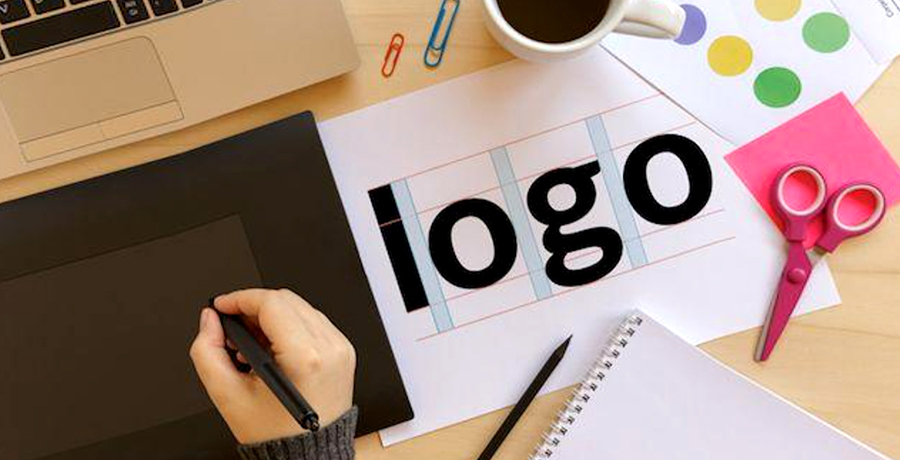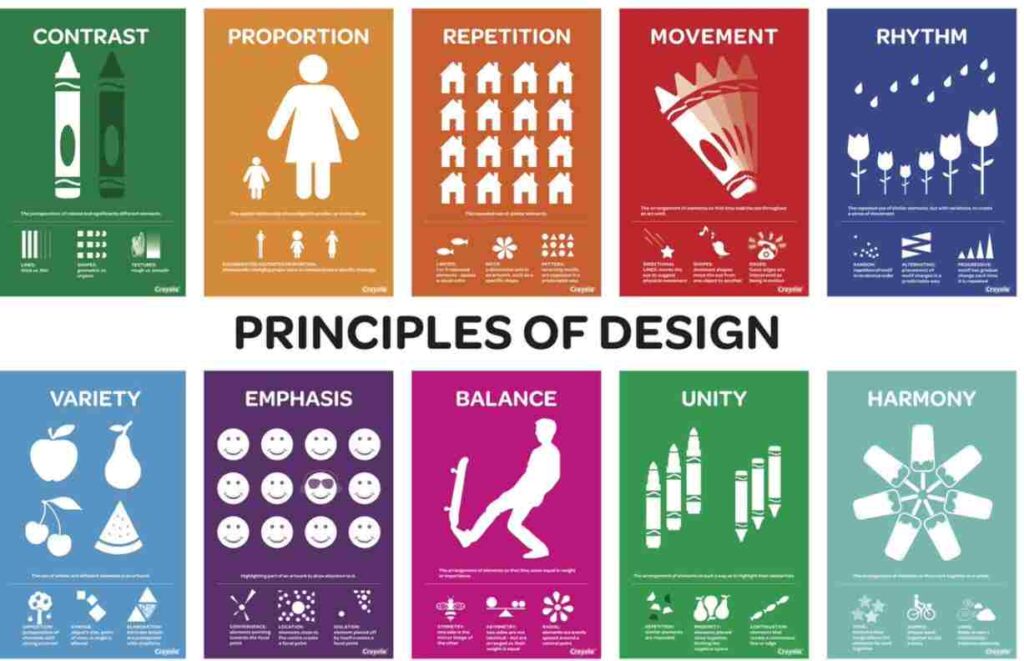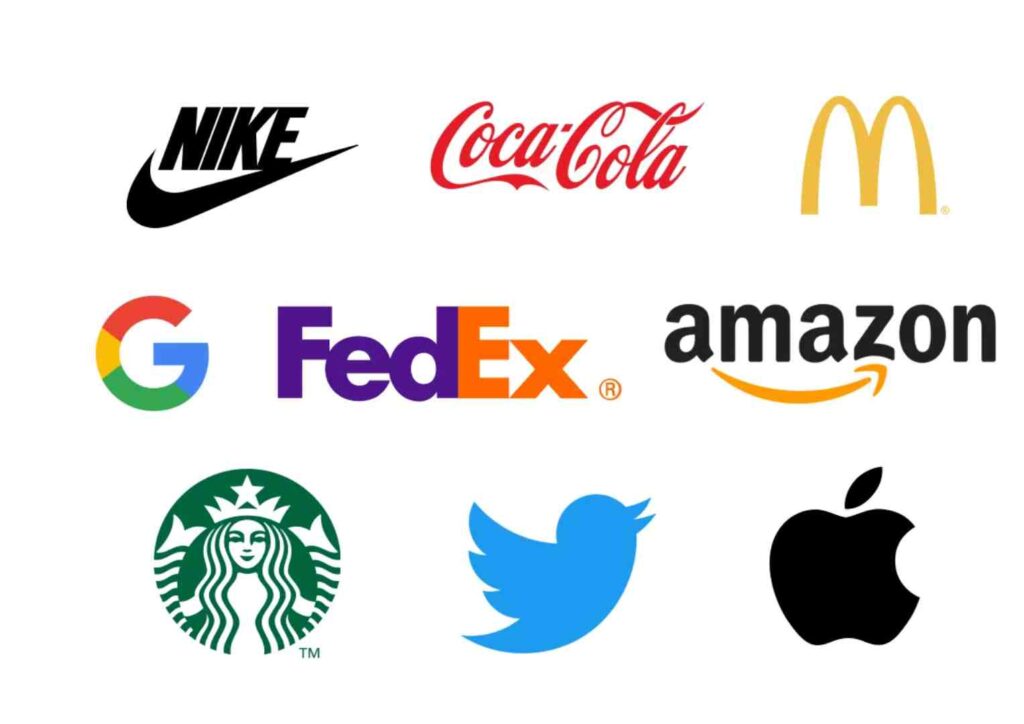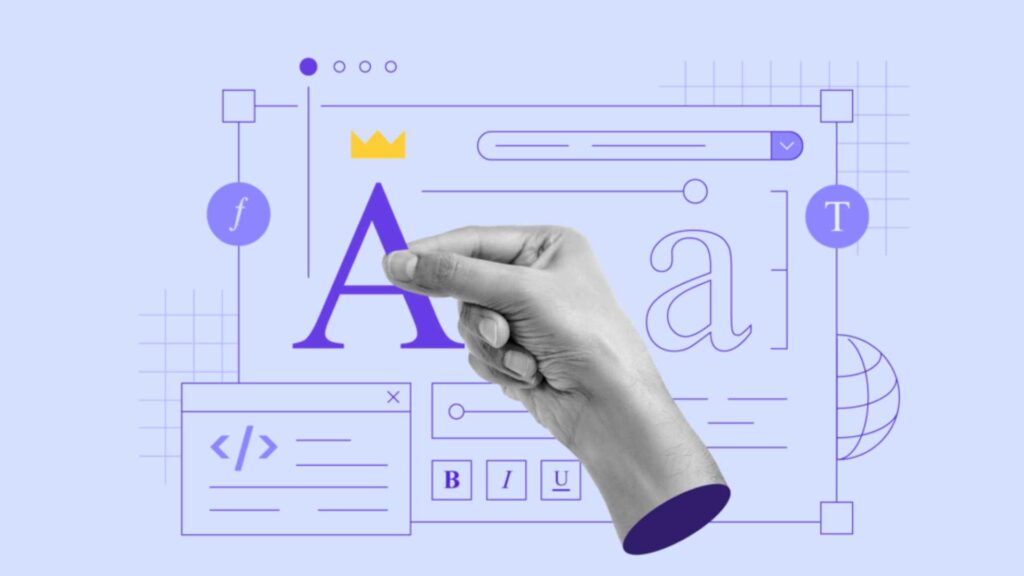Creating a logo is a pivotal step in shaping your brand’s identity. Whether you’re launching a new startup, revamping your existing brand, or simply brushing up on your design skills, knowing how to design a logo from start to finish is vital. This guide will walk you through the entire process, making sure you craft a logo that not only looks impressive but also effectively communicates your brand’s message.
Introduction
Designing a logo isn’t just about making something that looks nice; it’s about encapsulating the heart of your brand in a single image. A well-crafted logo helps establish a strong brand presence and leaves a lasting impression. In this guide, we’ll explore the steps to design a logo from brainstorming to final touches, ensuring you end up with a logo that truly reflects your brand’s essence.
Understanding Your Brand
Before you dive into the design process, it’s essential to get to the core of your brand. Here’s how to get started:
Define Your Brand’s Mission and Values
- Mission Statement: What’s the core purpose of your brand?
- Core Values: What principles guide your business decisions?
Identify Your Target Audience
- Demographics: What are the age, gender, and location of your ideal customers?
- Preferences: What type of designs appeal to them?
Analyze Competitors
- Competitive Landscape: What logos are being used by your competitors?
- Differentiation: How can your logo stand out in the crowded market?
Research and Inspiration
With a clear understanding of your brand, it’s time to gather inspiration for your logo design. Here’s how to spark creativity:
Explore Design Trends
- Current Trends: What’s trending in logo design today?
- Timeless Elements: What design features have remained popular over time?
Create a Mood Board
- Visual Inspiration: Collect images, color schemes, and fonts that resonate with your brand.
- Style Preferences: Decide if you prefer a minimalist, classic, or modern aesthetic.
Study Successful Logos
- Case Studies: Look at logos from successful brands and note what makes them effective.
- Analysis: What elements make these logos memorable and impactful?
Sketching and Concept Development
With your creative ideas gathered, it’s time to begin sketching out your concepts. This phase is all about creativity and exploration.
Begin with Rough Sketches
- Freeform Sketching: Draw a variety of concepts without worrying about perfection.
- Exploration: Try different shapes, symbols, and layouts.
Refine Your Concepts
- Select the Best Ideas: Pick a few strong concepts from your sketches.
- Develop Variations: Create different versions of your best ideas to see which works best.
Digitize Your Sketches
- Vector Software: Use tools like Adobe Illustrator to turn your sketches into digital designs.
- Refinement: Polish your digital designs and experiment with variations.
Choosing Colors and Typography
Colors and typography play a crucial role in how your logo is perceived. Here’s how to select the best options:
Select a Color Palette
- Brand Personality: Choose colors that reflect the essence of your brand.
- Color Psychology: Consider how different colors influence perception and emotions.
Choose Fonts
- Readability: Ensure the font you choose is legible in various sizes.
- Style: Match the font style with your brand’s tone and personality.
Test Combinations
- Color and Font Pairing: Experiment with different combinations to find the best match.
- Versatility: Make sure your logo looks great in various sizes and formats.
Digital Design and Refinement
With your ideas digitized and colors chosen, it’s time to refine your logo.
Create Multiple Versions
- Variations: Design different versions for different uses, such as color and black-and-white.
- Formats: Save your logo in multiple file formats (e.g., PNG, SVG) for various applications.
Test for Versatility
- Scalability: Ensure your logo remains clear and effective at all sizes.
- Contextual Testing: Check how your logo looks on different backgrounds and materials.
Feedback and Revisions
Feedback is essential to ensure your logo hits the mark. Here’s how to gather and implement feedback:
Collect Feedback
- Stakeholders: Get input from team members and stakeholders.
- Target Audience: Conduct surveys or focus groups to gather opinions from potential customers.
Make Revisions
- Incorporate Feedback: Adjust your design based on the feedback received.
- Refine Details: Fine-tune your logo to ensure it’s polished and professional.
Finalizing Your Logo
Once revisions are complete, it’s time to finalize your logo.
Prepare the Final Files
- High-Resolution: Make sure your logo files are high-resolution for print and digital use.
- Different Formats: Provide files in multiple formats to accommodate various uses.
Create a Logo Style Guide
- Usage Guidelines: Outline how your logo should be used across different media to maintain consistency.
- Brand Consistency: Ensure that your logo is applied consistently across all platforms.
FAQs
Q: How do I start designing a logo?
A: Begin by understanding your brand’s mission, values, and target audience. Research current design trends and gather inspiration. Sketch out your ideas, choose suitable colors and fonts, and digitize your designs using vector software.
Q: What makes a good logo?
A: A good logo is simple, memorable, and aligns with your brand’s identity. It should be versatile, scalable, and effective across different formats and sizes.
Q: What’s the best way to select colors for my logo?
A: Choose colors that reflect your brand’s personality and consider how different colors impact perception. Ensure that your color choices work well in various contexts.
Q: How many revisions should I expect?
A: The revision process can differ, but typically, you’ll go through multiple rounds of feedback and tweaks before arriving at a final design.
Q: What file formats should I use for my logo?
A: Save your logo in various formats like PNG for web use, SVG for scalability, and EPS for print. Ensure you provide high-resolution files for different applications.
Q: How can I make sure my logo stands out as unique?
A: Conduct thorough research on your competitors to avoid overlap. Validate your logo with your target audience and adjust based on their feedback to ensure it remains distinctive.
Conclusion
Designing a logo is a journey that blends creativity with strategic thinking. By understanding your brand, seeking inspiration, sketching ideas, selecting the right colors and typography, and refining your design, you can create a logo that truly represents your brand and makes a lasting impact. Follow these steps, and you’ll be well on your way to crafting a logo that’s both memorable and effective.
Remember, the magic of a great logo lies in its ability to capture and communicate your brand’s essence. Happy designing!







